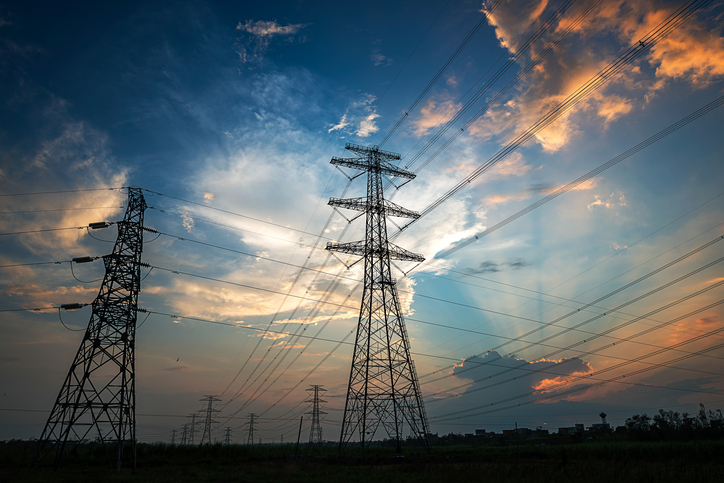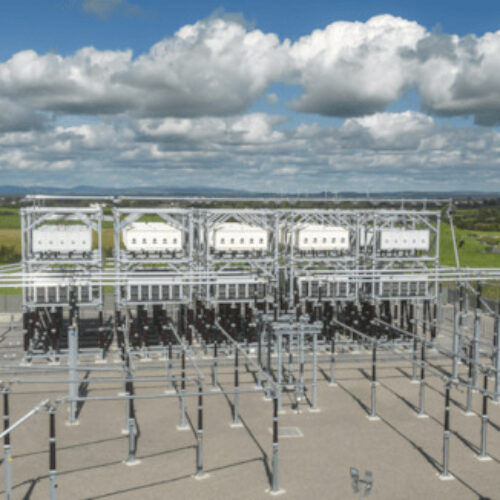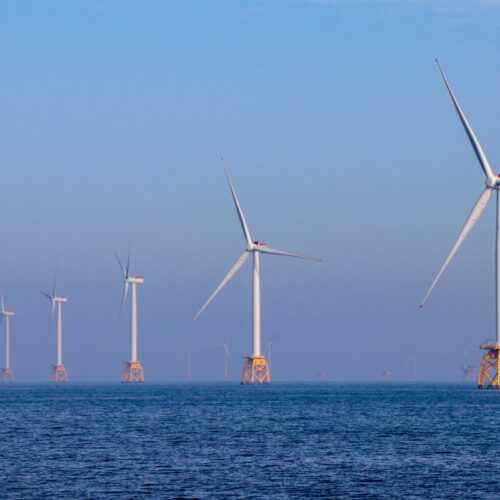As lockdown restrictions have eased in Great Britain, electricity generation, demand and prices have all bounced back to pre-COVID-19 levels.
This is according to new analysis of Q3 by energy data analyst EnAppSys, which shows demand totaling 60.6TWh during the period. This is almost back to the levels of July to September 2019, when there was 63.1TWh of demand, and a significant jump from Q2 2020, when there was just 53.2TWh – this was the lowest quarterly level for almost 12 years.
Paul Verrill, director of EnAppSys, explained that after lockdown “triggered a sharp fall in demand, prices and generation”, the three months ending September saw major indicators revert towards normal levels.
“During lockdown, the morning demand peak was lower as fewer people went into offices and factories, but as restrictions eased this peak returned beyond levels seen in the corresponding quarter in 2019. The reason for this could be an apparent overlap of business and domestic demand in Q3 2020, as some workers returned to the office and others remained at home.
“As demand rose as lockdown eased, there was less need for the system operator to accept bids to reduce wind output, with accepted wind bid volumes more than halving from 689GWh in Q2 to 318GWh in Q3. This then fed through into the increased wind generation seen in the third quarter versus the previous one.”
Generation levels increased to 64.59TWh in Q3, from 60.28TWh in the preceding three months. This was made up of 40.5% gas-fired generation, while renewable generation made up 39%, nuclear 16.1%, imports 3.9% and coal 0.4%.
For renewables it was another record breaking quarter, generating 25.22TWh. While there were some drops in solar and biomass generation, these were offset by increase in wind and hydro.
In Q2, renewables scooped up a 44.6% share of electricity generation according to the Department for Business, Energy and Industrial Strategy, as low demand caused by lockdown together with favourable weather supported the clean tech.
Record wind generation during Q2 kept coal off Britain’s grid for an unprecedented 67 days, the longest period since the Industrial Revolution.
“Renewables along with all other fuel types except CCGT saw a fall in generation from the previous quarter,” continued Verrill.
“The nuclear decrease resulted from a combination of the Sizewell output reduction contract, Hinkley Point B7 going offline in mid-June, and time offline at Hartlepool 2, Heysham 1-1 and Heysham 1-2 in August.
“Solar output fell as daylight hours reduced, while interconnector imports decreased over the quarter, with July seeing net exports across the France-GB interconnector (IFA). Lower output from these generation types plus increased demand led to a rise in CCGT generation.”
The final major metric for electricity also saw improvements compared to the previous quarter, with power prices rising in Q3 along with demand. The average price across the three months was £35.56/MWh, falling just short of £36.56/MWh over the same period in 2019.
It shows further recovery in the electricity market, rising from £24.98/MWh in Q2 of this year and £29.00/MWh in Q1.
“Increased demand and less oversupply saw a return to system prices that were, on average, closer to pre-lockdown levels,” finished Verrill.
“However, there were exceptions to the rule; on September 15, for example, system prices hit £540.22/MWh – the highest of the quarter. This day of low wind was so tight that a Capacity Market Notice was issued, though it was subsequently cancelled after National Grid interconnector trades were factored into the Capacity Notice calculation.”
Finally, day-ahead pricing also showed a recovery from lockdown lows, averaging £35.34/MWh across Q3. This was closer to the £37.25/MWh average recorded in Q3 2019, and an increase from £27.00/MWh posted in Q1 and £23.13/MWh in Q2 of this year.





